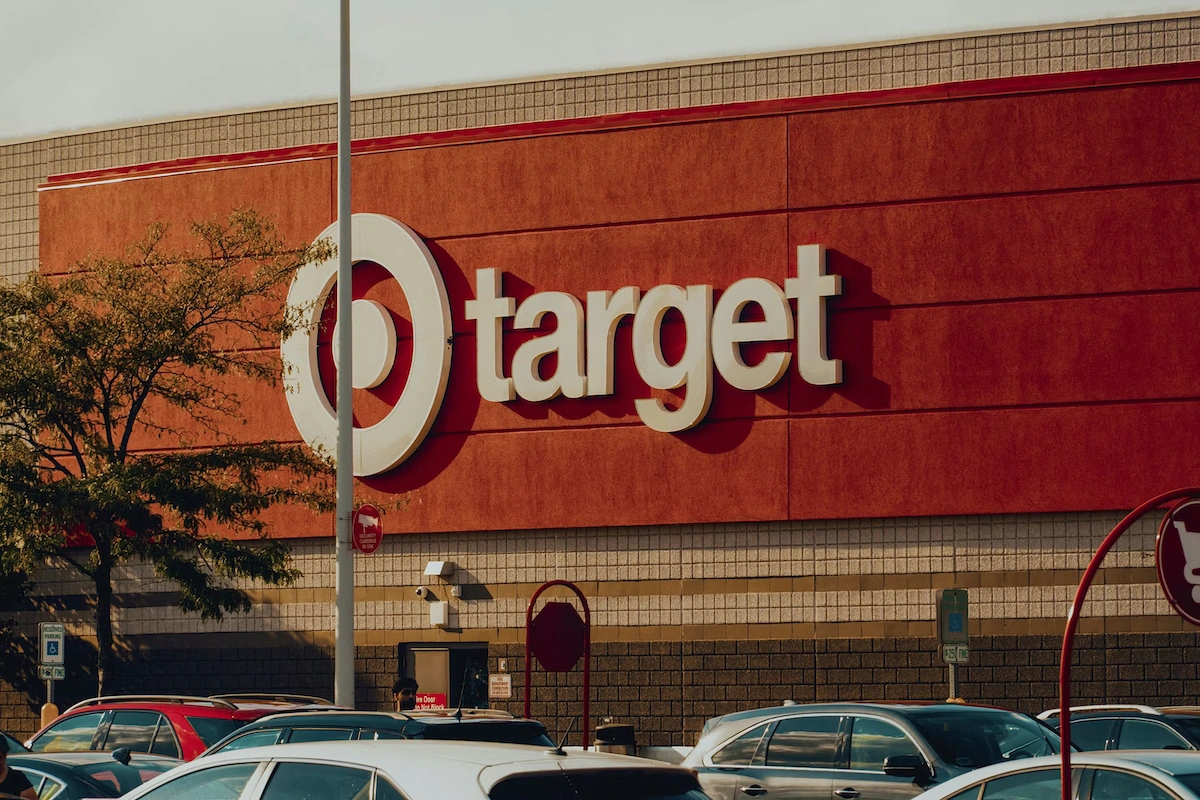
Kudos has partnered with CardRatings and Red Ventures for our coverage of credit card products. Kudos, CardRatings, and Red Ventures may receive a commission from card issuers. Kudos may receive commission from card issuers. Some of the card offers that appear on Kudos are from advertisers and may impact how and where card products appear on the site. Kudos tries to include as many card companies and offers as we are aware of, including offers from issuers that don't pay us, but we may not cover all card companies or all available card offers. You don't have to use our links, but we're grateful when you do!
Line of Credit vs. Credit Card
July 1, 2025


Credit cards and lines of credit are both forms of credit — specifically, forms of revolving credit. With both, users are given a maximum credit limit and can spend as needed up to that limit.
Revolving credit provides flexibility in how — and when — you decide to spend and repay the money. Compared to a fixed loan, revolving credit options are far more flexible.
While similar, there are significant differences between these two types of revolving debt loans. This guide will compare lines of credit vs. credit cards in detail.
Key Terms To Know
Before getting started, here are some key terms to understand:
Revolving credit: A form of credit (debt) that provides flexibility in how money is borrowed and repaid. Borrowers are given a maximum credit limit and can then borrow and repay the debt as needed.
Secured: A “secured” debt is backed by collateral, like a house or a car. For example, a mortgage is secured by the house itself. If the borrower fails to repay the loan, the bank can take possession of the house.
Unsecured: An “unsecured” debt is not backed by any collateral. For example, a credit card is unsecured — no physical asset is backing the loan. Unsecured loans are based solely on the borrower’s credit score and income rather than the value of the collateral.
Credit limit: The maximum amount a borrower can access from a bank. For example, if you’re approved for a credit card with a credit limit of $5,000, you can carry a maximum balance of $5,000.
What Is a Line of Credit?
A line of credit is a flexible loan from a bank or credit union. It offers a predetermined borrowing limit that can be used at any time.

When you are approved for a line of credit, the bank will determine the maximum amount they are willing to loan you — $10,000, for example. Once approved, you can borrow as needed until you reach the $10,000 limit. As you make repayments, your borrowing limit will adjust accordingly.
There are several types of lines of credit:
Personal line of credit: This is a basic line of credit that functions similarly to a credit card. It’s unsecured, meaning you don’t need to put up any collateral (like your home equity).
Home equity line of credit (HELOC): A HELOC allows you to borrow against the value of your home equity. If you own real estate, you can put that property up as collateral to secure a HELOC. This means that if you fail to repay the loan, the bank can foreclose on your home. HELOCs offer lower interest rates than personal lines of credit.
Business line of credit: A business line of credit is available exclusively to businesses and is often offered by commercial banks. They can be unsecured or secured.
In general, lines of credit offer flexibility and often lower interest rates compared to credit cards.
What Is a Credit Card?
A credit card is a physical payment card that can be used to purchase goods and services. It allows you to borrow money and pay it back as needed up to a certain borrowing limit.

Credit cards are typically unsecured and are a form of revolving credit. They are exceptionally popular, with an estimated 83% of Americans owning at least one credit card.
There are various types of credit cards:
Rewards credit cards: Rewards cards offer rewards when you spend using the card. For example, a card might earn 1% cash back rewards, meaning a $100 purchase would earn you $1 in cash back.
0% promo APR cards: Some credit cards offer a period of zero interest (0% APR) on purchases. For example, a card might offer 0% APR on purchases for the first 12 months.
Secured credit cards: Most credit cards are unsecured, but secured credit cards are specifically designed for building credit. When you open one, you must deposit a certain amount of money into a locked bank account, which remains in the account until you close the card. For example, you might be required to deposit $500 in order to get a $500 credit line. These cards are only useful for establishing credit history and are popular for young adults looking to build credit.
Line of Credit vs. Credit Card
When comparing credit cards vs. lines of credit, there are some key differences to consider.
Interest rates
The interest rate, measured in annual percentage rate (APR), determines how much you have to pay in order to borrow money. A 20% APR means that you will pay 20% of the loan amount per year in interest.
Credit cards tend to have higher interest rates than personal lines of credit. Home equity lines of credit have particularly attractive interest rates, as they are secured by the value of the home.
Both credit cards and lines of credit tend to have variable interest rates, which means that the rate you pay can change. Banks are free to raise or lower interest rates at any time.
Interest accrual
Another key difference is how interest is added to the loan balance.
With a line of credit, interest generally starts accruing the same day you borrow the money.
With a credit card, interest does not start accruing until around three weeks after the statement closing date.
For example, consider a situation in which you open a new credit card and spend $1,000 on the card. You’ll get your first statement within a month of opening the card. If you pay off the full balance, you won’t pay anything in interest. If you only make the minimum payment, interest will begin to accrue after the payment due date.
Because of this perk, it’s possible to regularly use a credit card for all your purchases without spending anything on interest. You simply need to pay off the full balance each month. With a rewards credit card, you can earn valuable rewards for everyday purchases!
Credit limits
Lines of credit and credit cards have firm credit limits, which are the maximum amount you can borrow.

The credit limit you are offered depends on your credit score and your income level. This is true of both credit cards and lines of credit.
Secured lines of credit typically offer higher credit limits because they are less risky for the bank. Unsecured lines of credit and credit cards typically have similar limits, but it all depends on the issuing bank and the borrower’s creditworthiness and income. If you have a good income and credit score you may be eligible for a card with a high credit limit.
Approval requirements
In general, lines of credit tend to have a more involved application process. Borrowers often need to submit proof of income and other paperwork. And approval requirements may be higher for lines of credit compared to credit cards.
Rewards
Many credit cards offer rewards, while lines of credit typically do not.

For example, there are airline credit cards that offer airline miles for each dollar you spend. Other cards offer cash back or flexible rewards points.
Not all credit cards offer rewards, and among those that do, the details vary significantly.
Purchase protections
Many credit cards come with purchase protections, which are perks that help protect you from issues relating to your purchases. Lines of credit do not typically offer purchase protections.
For example, credit cards may offer to refund the cost for an item that is damaged, lost, or stolen within the first 90 days after purchase. Others might extend manufacturer warranties for an additional period.
Not all credit cards offer purchase protections, and the details vary by card. Be sure to read through your card’s benefits guide carefully.
Effects on credit score
Credit cards and lines of credit can similarly affect your credit score. The effect can be positive or negative, depending on how you use the credit.
With either option, it’s very important to make on-time payments each month to avoid late payments and maintain a positive payment history.
It’s also wise to keep an eye on your credit utilization, which is the percentage of your available credit that you’re actively using. It’s best to keep your credit utilization under 30% of your maximum credit limit.
Bottom Line
When comparing a personal line of credit vs. a credit card, the key considerations are cost (interest), approval requirements, and rewards/purchase protections.
In general, lines of credit tend to offer lower interest rates, but they may be more difficult to get approved for. Credit cards have higher APRs but may offer rewards and/or purchase protections.
Are you looking to maximize your credit card rewards and perks? Use Kudos, the free tool helping thousands of Americans get the most out of their credit cards.
Unlock your extra benefits when you become a Kudos member

Turn your online shopping into even more rewards

Join over 400,000 members simplifying their finances

Editorial Disclosure: Opinions expressed here are those of Kudos alone, not those of any bank, credit card issuer, hotel, airline, or other entity. This content has not been reviewed, approved or otherwise endorsed by any of the entities included within the post.

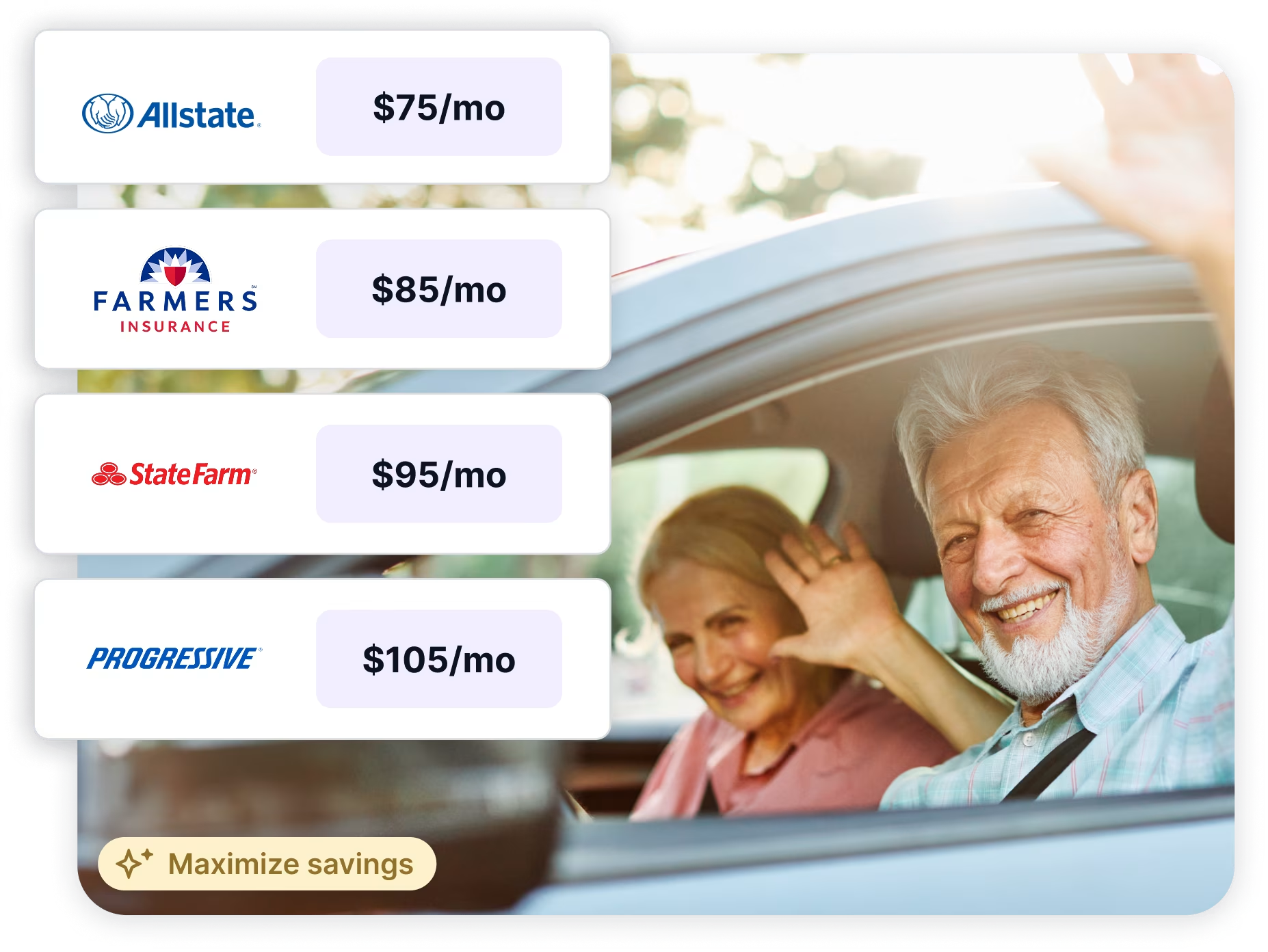
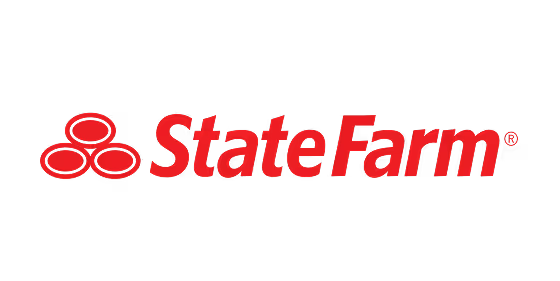
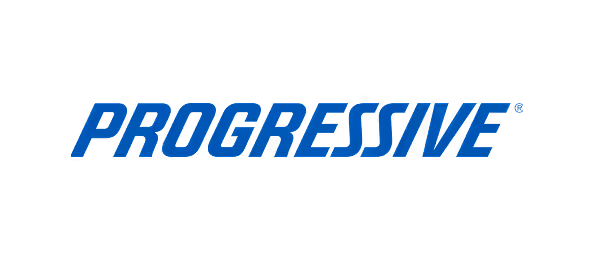




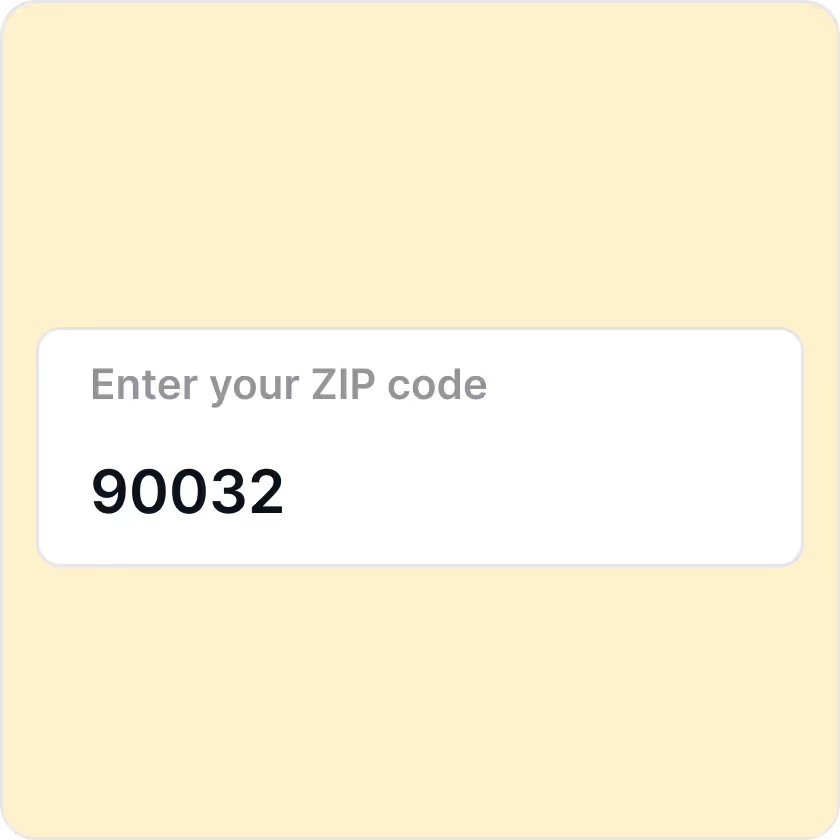

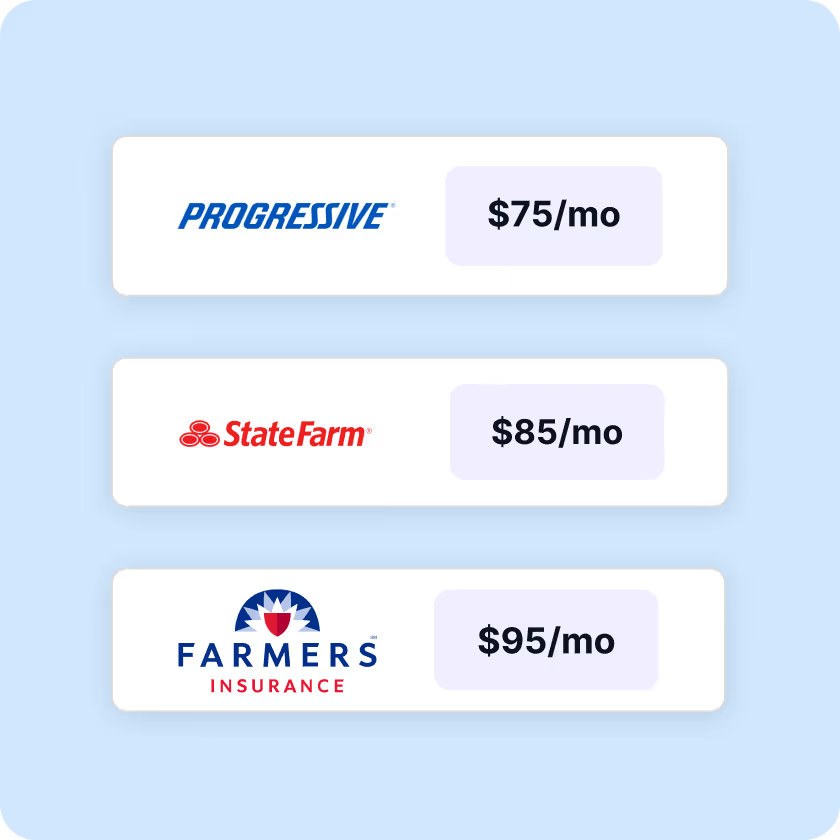
























.webp)



.webp)

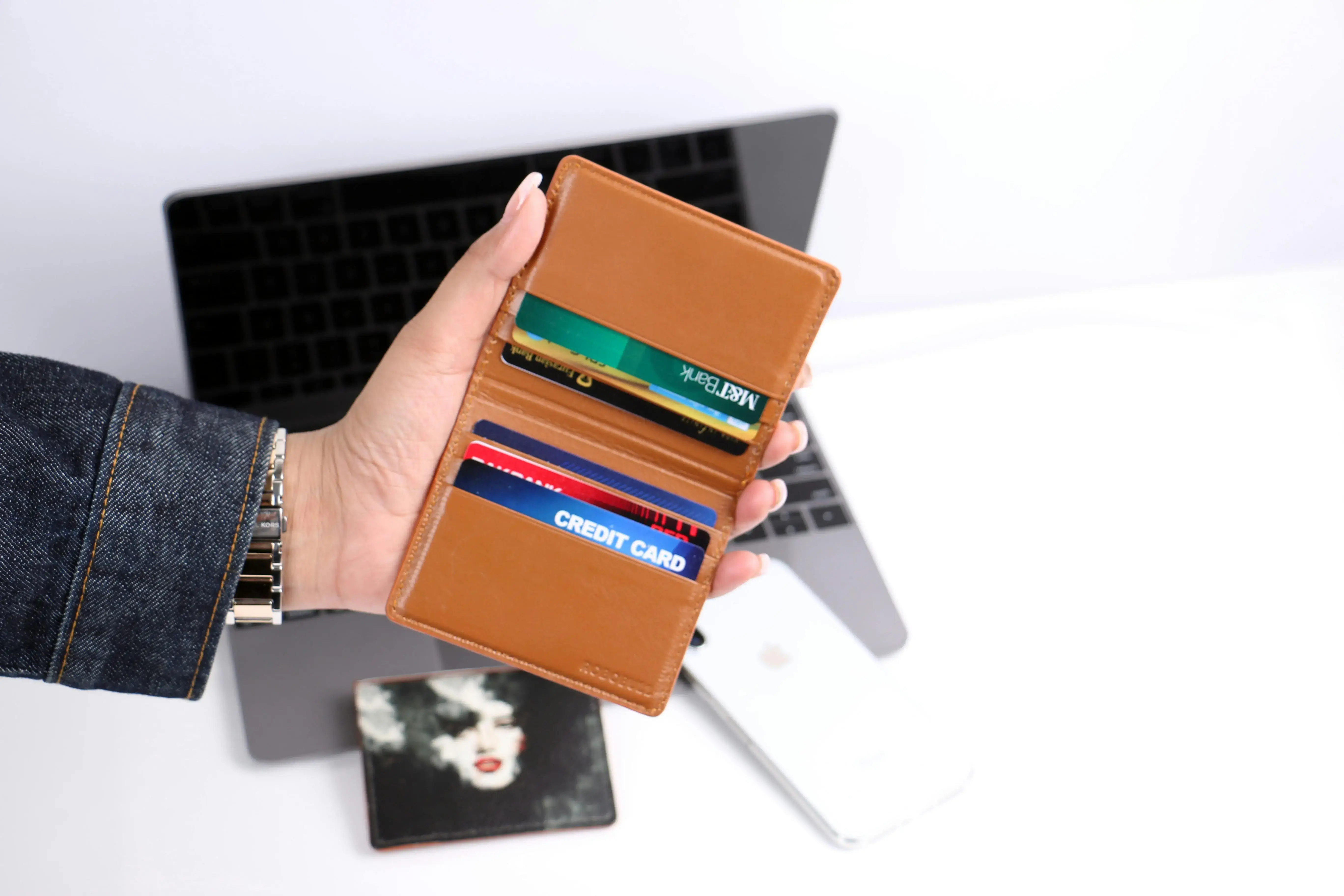

.webp)
